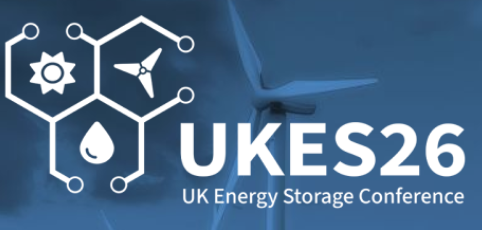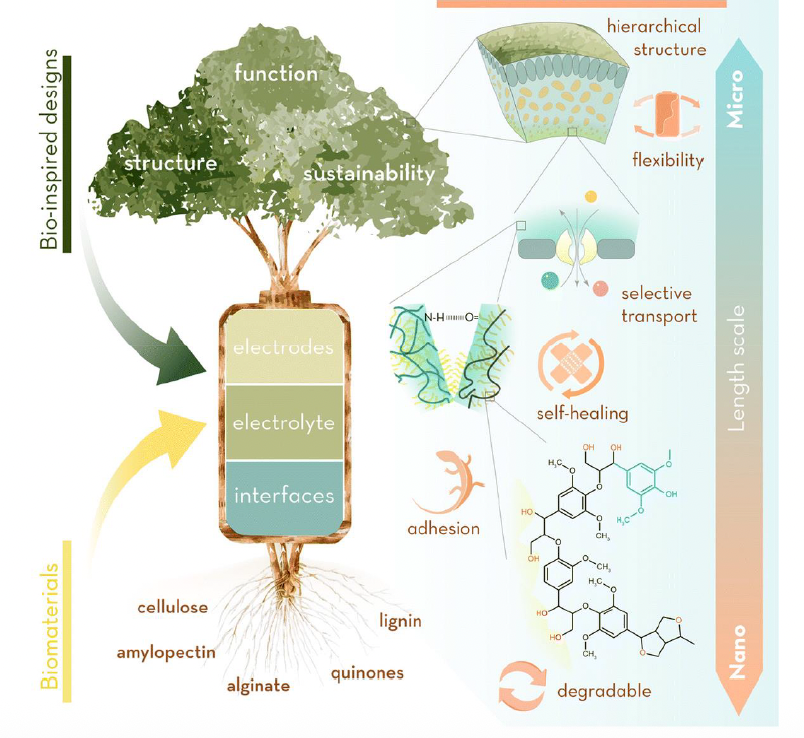
Nuclear power could produce hydrogen, heat homes and decarbonise industry with surplus heat and electricity

A new generation of nuclear reactors could help the UK cut carbon emissions by harnessing surplus energy to heat homes, produce hydrogen, and decarbonise industry, according to a report by the Royal Society.
The Nuclear cogeneration: civil nuclear energy in a low-carbon future policy briefing sets out how planned and future nuclear projects can complement renewables and help the UK meet its net-zero carbon emissions pledge by 2050.
Cogeneration gives nuclear power the flexibility to function in an energy system where a growing proportion of electricity comes from intermittent renewables. When domestic energy demand is being met by wind, solar, or other sources, cogeneration allows a nuclear plant to switch from electricity generation to cogeneration applications such as the production of hydrogen.
Small modular reactors (SMRs) are of particular interest. These are reactors producing 300Mw of energy or less, which can be built in factories and deployed in stages. This should mean lower investment costs and economies of scale in construction. It also gives greater flexibility in locating stations, and allows them to be tailored to the energy needs of regional or industrial clusters
The next generation of SMRs – known as Advanced Modular Reactors (AMRs) – are expected to generate temperatures in excess of 600°C which are required by some of the hardest to de-carbonise processes, such as chemical production. It could potentially be used in the steel making process to reduce the industry’s carbon footprint.
“This is a real opportunity for nuclear,” Professor Robin Grimes FREng FRS, the report’s lead author and a professor of materials physics at Imperial College London, said. “What cogeneration gives us is options, and frankly, we need options when facing an uncertain future.”
“It will have to be a staged process,” Professor Grimes added. “We’ve already begun the move to electrification – most clearly in cars. Then you can look at using some nuclear power to produce hydrogen with electrolysis, and for low-carbon district heating.
“The much more difficult decarbonisation, like the chemical industry, that’s where you need advanced modular reactors, because they provide very high temperature heat.
“We could demonstrate the feasibility of a high temperature AMR reactor by 2035, while SMRs could be on the grid by 2028. It would be a key component of meeting the UK’s 2050 target.”
Read the full article here.













